HotSpots H2O: Following Hurricanes, Water Insecurity Spikes in Nicaragua
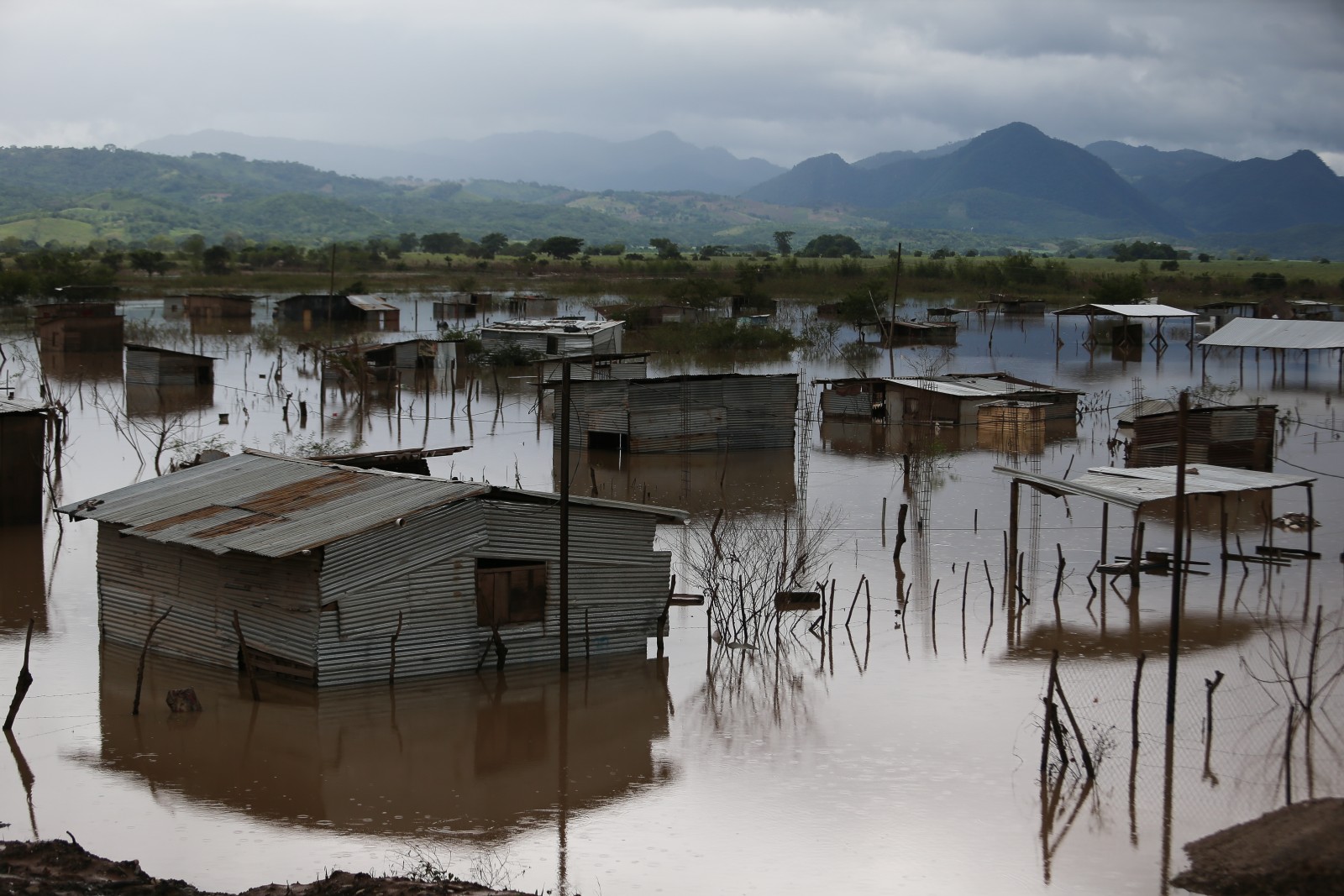
Nicaragua after the Hurricanes Eta and Iota swept through in November 2020. © European Union, 2020 (photographer: D. Membreño)
Since Hurricanes Eta and Iota devastated Nicaragua last winter, an estimated 500,000 people along the northern Caribbean coast do not have access to clean water, hygiene, and sanitation facilities.
For the past four months, the Nicaraguan government and international humanitarian organizations have been rebuilding housing, water facilities, and other damaged infrastructure, but officials on the ground say the efforts are not enough. The country’s dry season, which began in December and will go until the end of May, has sparked concerns for those without drinkable water, food, or shelter.
“The level of destruction left by these two mighty hurricanes one after the other goes beyond our imagination. Boats drifted hundreds of meters away from shore, trees were smashed like matchsticks and roofs were lifted up by destructive sea currents, winds, and rain,” said Jean Gough, the UNICEF regional director of Latin America and the Caribbean.
“Over the next few months, families affected by the hurricanes can no longer rely on the rain as a source of safe water,” Gough continued. “Limited access to drinkable water may expose children to increased risks of diarrhea and malnutrition in the coming weeks.”
Nicaragua has grappled with water insecurity for decades. A history of natural resource exploitation has left the country with polluted waters from mining, farming, and deforestation. Key freshwater sources such as the large Lake Nicaragua are unsafe for people to drink. Due to these obstacles, over one million — nearly one out of five Nicaraguans — do not have access to clean water.
This insecurity was aggravated after the storms hit. Hurricane Eta landed in Nicaragua in early November, destroying coastline, infrastructure, and causing 210 fatalities across Central America. Less than two weeks later, Hurricane Iota slammed into Nicaragua, flooding areas of the country that were still recovering from Eta.
Nicaraguan Indigenous communities, such as the Miskitu and Mayangna, were hit particularly hard, with some coastal Miskitu villages completely decimated by the wind and flooding. Populations of around 130,000 were cut off from clean water and food, while others were displaced by destruction. UNICEF says these Indigenous communities are some of the most in need of water, sanitation, and nutrition, particularly children who now lack not only basic resources but education as well.
For now, humanitarian organizations like UNICEF have distributed hygiene kits to families, reconstructed water wells and tanks, and provided latrines and cleaning buckets to schools. But preparing for the next storm should also be front and center.
“This is not the first hurricane to hit the Caribbean coast of Nicaragua and unfortunately, it’s not going to be the last,” Gough said. “Families living in the most exposed areas need to get better prepared in the face of extreme weather events, before the next hurricane season starts.”
Elena Bruess writes on the intersection of environment, health, and human rights for Circle of Blue and covers international conflict and water for Circle of Blue’s HotSpots H2O.

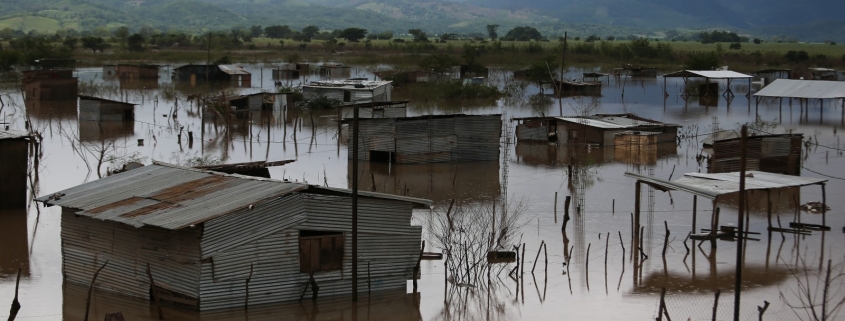

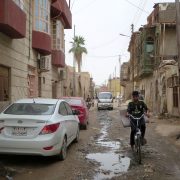
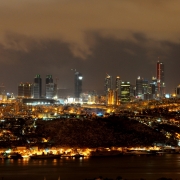
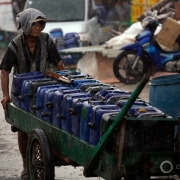
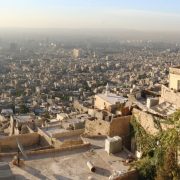
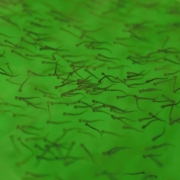
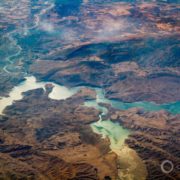


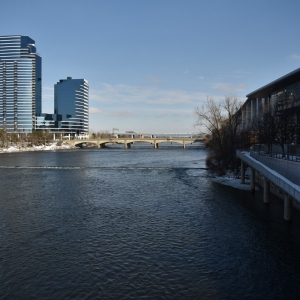

Leave a Reply
Want to join the discussion?Feel free to contribute!